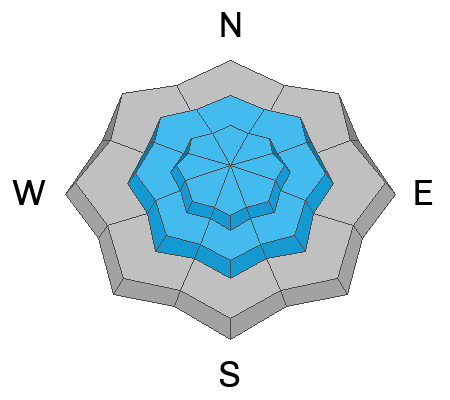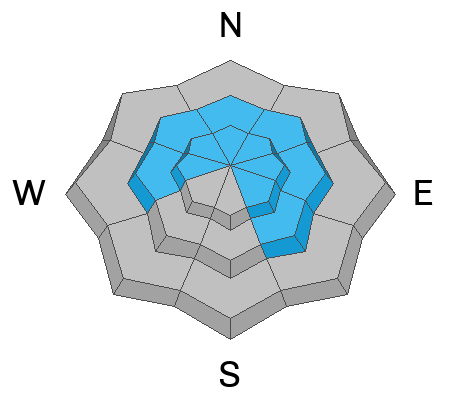Forecast for the Provo Area Mountains

Issued by Nikki Champion on
Sunday morning, February 4, 2024
Sunday morning, February 4, 2024
The avalanche danger is MODERATE at the the mid and upper elevations, where soft slabs of new snow or wind-drifted snow may be sensitive. Watch for signs of cracking as an indication of instability.
There is also a possibility of triggering a large and dangerous avalanche, particularly on steep mid and upper-elevation slopes facing west through north and southeast, due to a buried persistent weak layer. If one of these avalanches is triggered, it will break 3-6 feet deep and well over a hundred feet wide.
There is a LOW danger at low elevations.
Expect the avalanche danger to rise in the coming days with snow and wind forecasted through much of next week.

Low
Moderate
Considerable
High
Extreme
Learn how to read the forecast here








